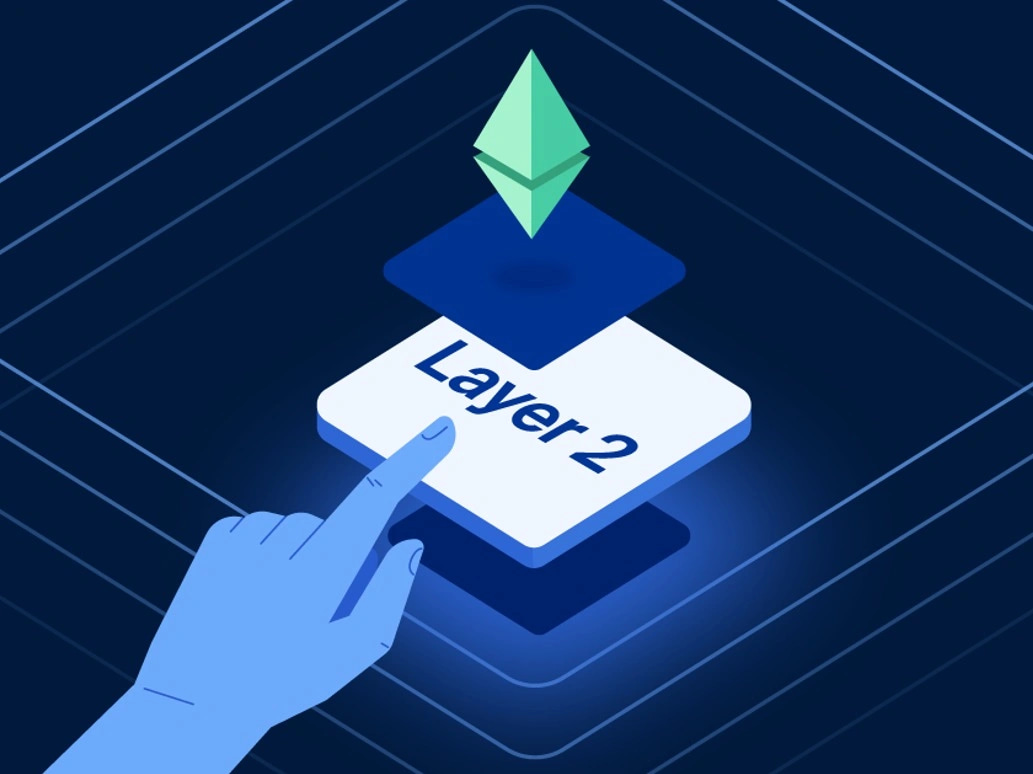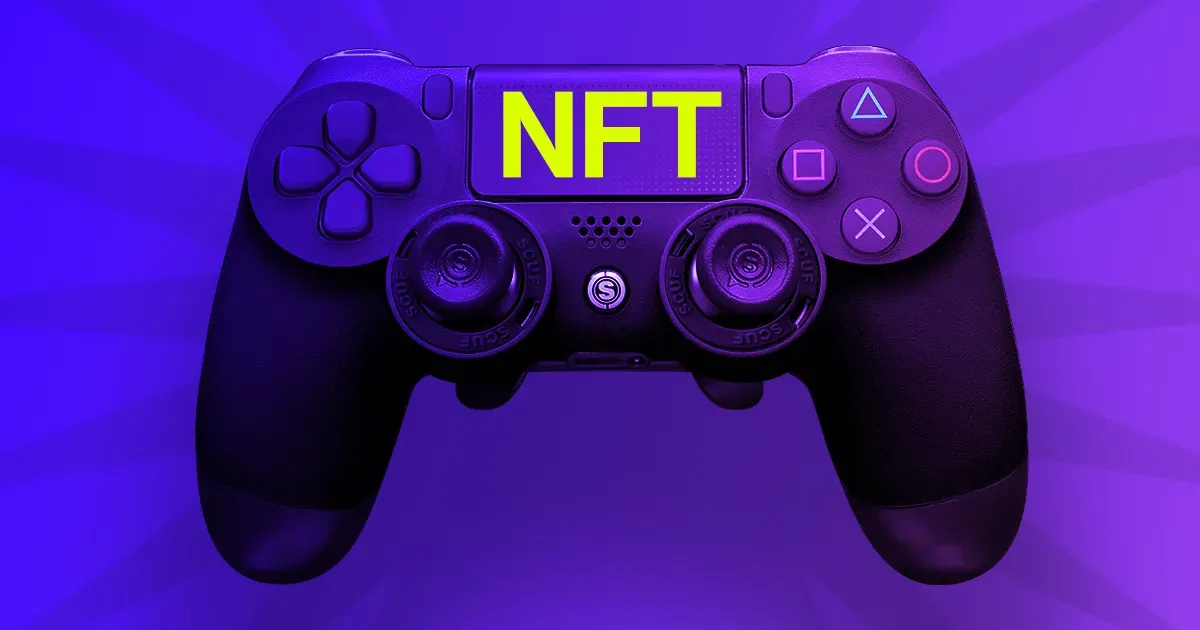Key Takeaways:
- Web3 games integrate DeFi through staking, yield farming, and in-game token economies.
- Player-driven finance enhances engagement, rewards, and long-term asset value.
- DeFi mechanics in gaming create new income streams and community-driven marketplaces.
The Intersection of DeFi and Web3 Gaming
Web3 gaming has moved beyond traditional play-to-earn models by embedding decentralized finance (DeFi) principles directly into gameplay. This fusion enables players to engage in financial activities while enjoying interactive entertainment, effectively turning gaming into a hybrid economy where skills, strategy, and blockchain mechanics intersect.
By leveraging DeFi, Web3 games empower players to earn, invest, and trade digital assets with real-world value, while also introducing new layers of strategy and engagement.
Staking, Yield Farming, and In-Game Tokenomics
One of the primary ways DeFi enters Web3 games is through staking. Players can lock their in-game tokens or NFTs to earn rewards, whether as passive income or as a prerequisite for accessing exclusive content. This not only incentivizes holding assets but also fosters long-term engagement in the game ecosystem.
Yield farming is another application. Players can provide liquidity to in-game token pools, earning returns that are tied to both the game’s economy and broader DeFi networks. This creates a dual-purpose mechanism where gaming participation directly impacts financial gain.
Tokenomics in Web3 games are designed to reflect real economic principles. Game tokens can serve multiple functions, from governance voting to purchasing assets, ensuring that financial decisions influence gameplay outcomes.
Player-Driven Marketplaces and Liquidity
DeFi integration thrives in player-driven marketplaces. By enabling decentralized exchanges within games, developers allow players to trade assets, NFTs, and tokens directly, with smart contracts ensuring transparency and security. These marketplaces mirror real-world financial systems but within an interactive gaming environment.
Liquidity incentives are particularly important. By staking tokens or providing liquidity, players support the game’s economy while generating returns, creating a self-sustaining ecosystem that rewards active participation.
Governance and Community Influence
DeFi principles also extend to decentralized governance. Players can vote on economic policies, game updates, or NFT utility, giving the community direct influence over the evolution of the game. This aligns with broader Web3 ideals of transparency, ownership, and collective decision-making, and strengthens the sense of player agency and engagement.
Community-driven decisions often affect the scarcity, utility, and value of in-game assets, reinforcing the connection between DeFi mechanics and tangible gameplay outcomes.
Conclusion
Integrating DeFi concepts into Web3 games transforms gaming into a fully interactive economic ecosystem. Staking, yield farming, liquidity provision, and decentralized governance allow players to earn, invest, and participate in ways previously impossible in traditional gaming. As the boundaries between finance and play continue to blur, understanding how DeFi shapes Web3 gaming is essential for both players and investors navigating this innovative landscape.
Disclaimer: The information in this article is for general purposes only and does not constitute financial advice. The author’s views are personal and may not reflect the views of GameDegen.com. Before making any investment decisions, you should always conduct your own research. GameDegen.com is not responsible for any financial losses.




